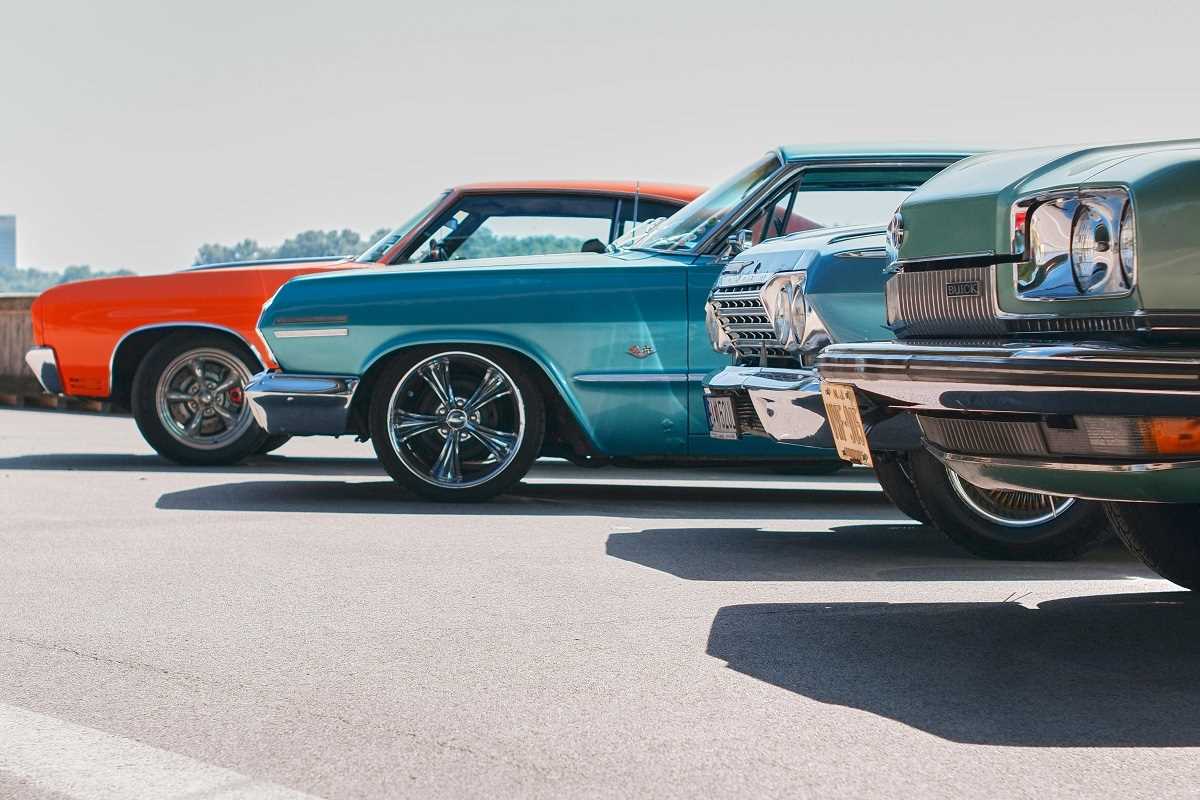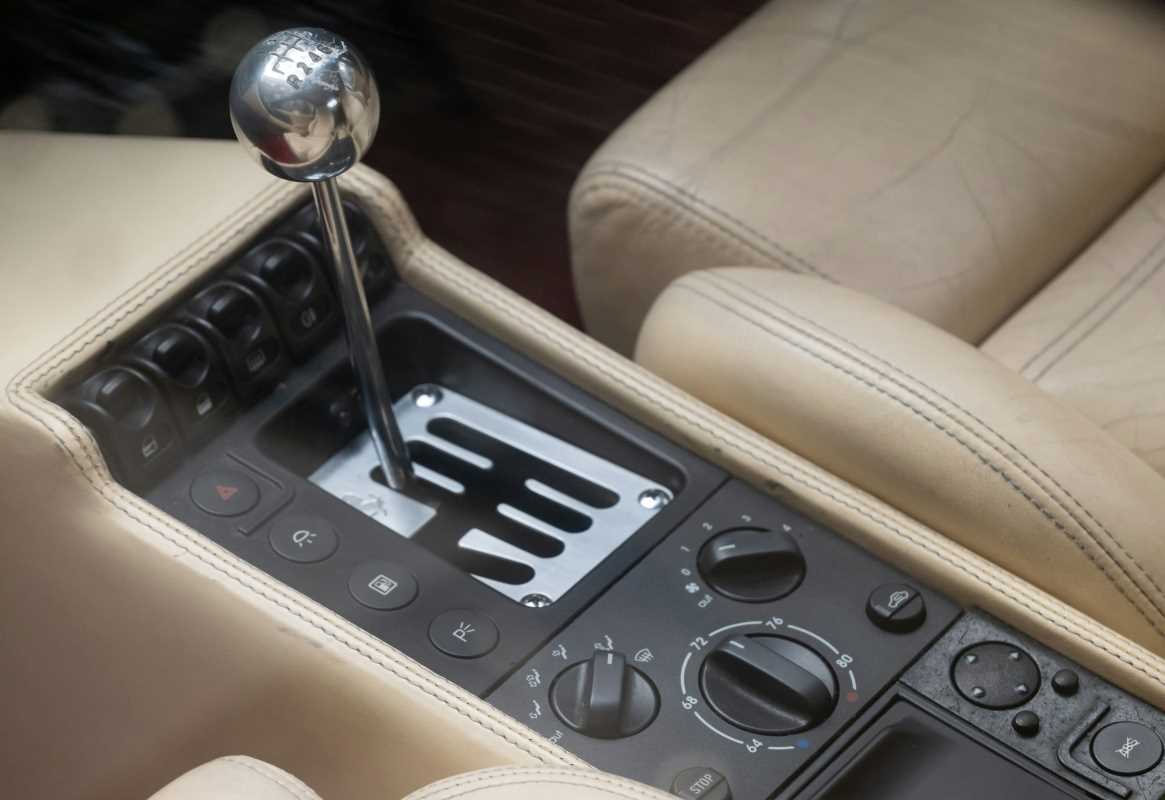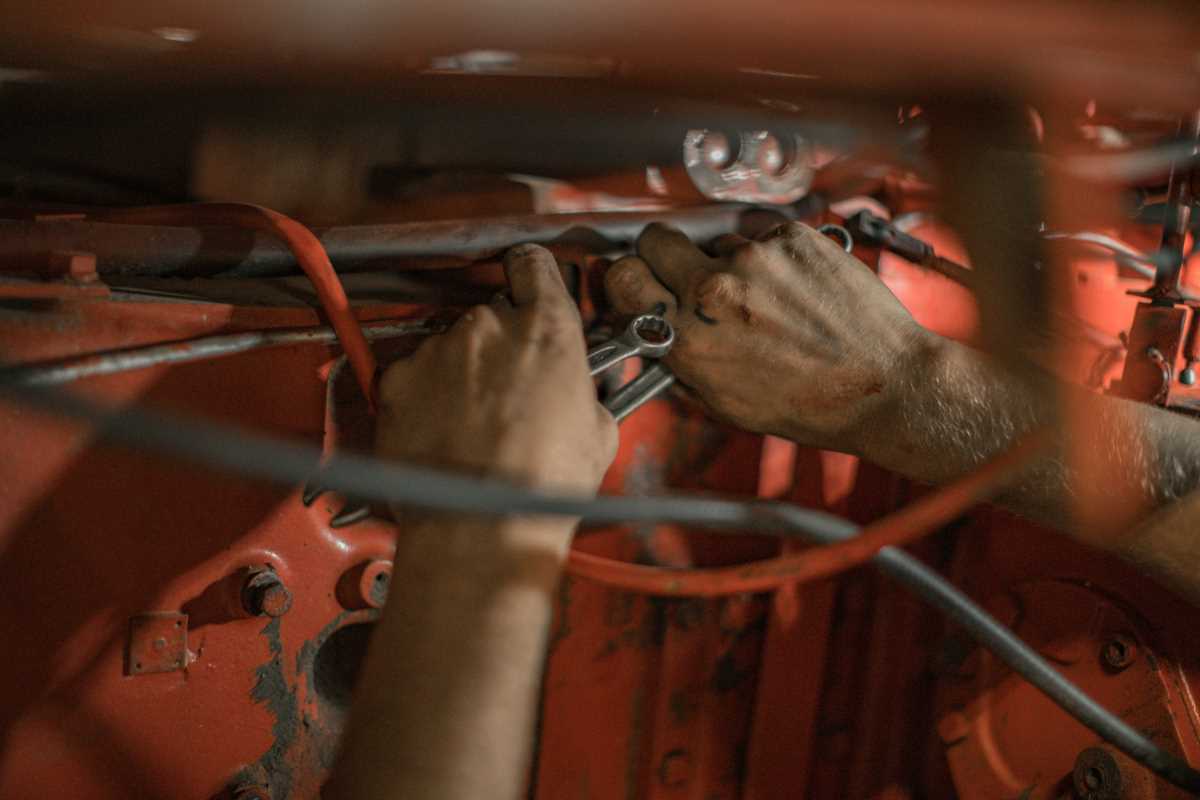Coolant might not be the flashiest part of car maintenance, but it’s one you can’t afford to ignore. Think of coolant as your engine’s best friend, keeping everything cool, calm, and running smoothly under the hood. Neglect it, and you’ll be looking at breakdowns, expensive repairs, or even a ride that leaves you stranded in the heat.
Whether you're a seasoned driver or someone who's just starting to care about what goes on under the hood, learning the basics about coolant maintenance can save you headaches and cash. Here are some crucial insights into coolant care that you need to know to keep your car in top shape.
Why Coolant Matters More Than You Realize
Your engine generates a lot of heat; we’re talking hundreds of degrees. Without coolant, this heat would turn your engine into a giant molten mess. Coolant's job is to regulate the temperature by absorbing excess heat and transferring it to the radiator to cool down.
But that's not all. Coolant also prevents corrosion inside your engine and ensures your car's internal components stay lubricated. Without it, your radiator, water pump, and even hoses can deteriorate. Forgetting about coolant is like forgetting to water your plants: things will run dry and, eventually, die.
Signs Your Coolant Game Needs Work
Noticing when your coolant isn’t pulling its weight can prevent bigger problems before they start. Here are some tell-tale symptoms to watch for:
- Overheating engine, especially in traffic or hot weather
- Strange sweet or syrupy smell coming from the engine area
- Visible leaks or puddles of green, pink, or orange under your car
- Steam pouring out from the hood, which, let's face it, is more drama than anyone needs on a Monday morning
If you spot any of these signs, it’s time to give your car some TLC. Ignoring them won’t make them go away. Trust us, you don’t want to be that person sitting on the roadside waiting for a tow truck.
How Often You Should Check and Replace It
Coolant doesn’t last forever, even if it appears to be doing its job. It degrades over time and loses its ability to fend off rust, overheat, or freeze effectively.
Most automakers recommend checking your coolant every few months and replacing it roughly every 30,000 to 50,000 miles, but your owner’s manual will have the specifics. Of course, if you’re driving an older car or frequently in extreme climates, you might need to stay on top of things more rigorously.
Picking the Right Coolant for Your Car
Not all coolant is created equal. Walking into an auto parts store and grabbing the first bottle you see? Big mistake. Coolants differ based on their chemical makeup and are typically formulated for specific engines. Using the wrong one can cause more harm than good.
Here’s what to look out for:
- Conventional green coolant is suitable for older vehicles and uses inorganic acid technology (IAT).
- Orange or red coolant relies on organic acid technology (OAT) and is more common in modern cars.
- Hybrid formulas (often yellow or pink) mix OAT and IAT, offering a bit of both worlds.
Your car's manual (yup, that booklet gathering dust in your glovebox) will guide you to the right coolant for your ride. Always match the coolant type with what your manufacturer recommends; mixing different formulas is a recipe for disaster.
Essential Coolant Maintenance Tips
Keeping your coolant in good shape isn’t rocket science. It just requires some attention, a little know-how, and a commitment to avoid shortcuts.
- Check the coolant level regularly when the engine is cool. It should sit between the “min” and “max” marks on the reservoir.
- Ensure your coolant-to-water ratio is correct. For most climates, a 50/50 mix is standard, but extremely cold or hot regions might need adjustments.
- Top it off with the correct type if the level is low, but never open the reservoir cap while the engine is hot. Scalding steam isn’t worth the risk.
- Flush your system as recommended by your manual. Old coolant can get contaminated and cause blockages over time.
- Inspect hoses and the radiator, as any signs of cracks or leaks require immediate action.
By sticking to these practices, you’ll avoid unnecessary headaches and keep your car running smoothly year-round.
What Happens When You Ignore Coolant Maintenance
If you think skipping coolant maintenance won’t hurt much, think again. Neglecting this crucial fluid is like neglecting basic hygiene; the long-term consequences aren’t pretty.
For starters, your car’s engine could overheat, leading to warped components, a cracked head gasket, or a completely seized engine (a.k.a., the car repair version of a worst-case scenario). Corrosion inside your cooling system can damage key components like the radiator and water pump. Plus, any old coolant with degraded additives will fail to protect your engine, setting off a chain reaction of problems.
The fix? Thousands of dollars in auto repairs, a towing bill, and the frustration of realizing this all could’ve been avoided.
Tips for Coolant Storage and Disposal
If you’re doing some DIY coolant maintenance, keeping safety in mind is essential. Coolant contains ethylene glycol, a substance that’s highly toxic but has a sweet taste that attracts pets and wildlife. Always store it in a sealed container away from kids and animals.
When it’s time to replace it, disposal matters. Dumping used coolant down the drain or on the ground isn’t just irresponsible; it’s illegal in many areas. Take your old coolant to a recycling center or an auto shop that offers proper disposal.
Handling coolant responsibly not only protects the environment but also keeps your family and pets safe.
A Coolant Mishap Story (Because We’ve All Been There)
Who doesn’t love a good cautionary tale? Once, a friend of mine (no names revealed to protect the guilty) decided he could skip flushing his coolant for a decade. Fast forward to his car overheating in the middle of the desert. He ended up with a massive repair bill and a very sunburned forehead. Lesson learned? Saving pennies on maintenance often costs you dollars in the long run.
Recognizing the importance of coolant receipts and service history might save you from a similar sunburn and embarrassing story to tell your friends.
Closing Thoughts on Coolant Care
Coolant maintenance might not be glamorous, but it’s one of those tasks that separates smart car owners from the stranded on the side of the road. Keep your system topped up, inspect it regularly, and use the right type for your car. A little effort now saves you a lot of trouble (and money) later.
The beauty of maintaining your car’s coolant system? When it’s done right, you won’t even notice it. Your engine will purr along happily, summer heat or winter chill be damned. Consider it one less thing to worry about as you hit the road, knowing your car is as reliable as you are prepared!
 (Image via
(Image via





